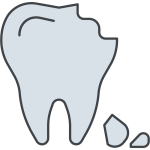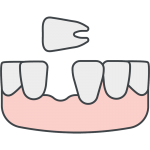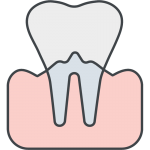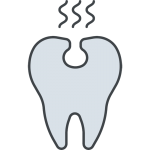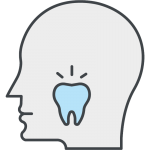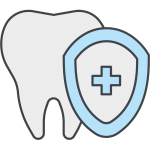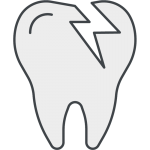 Yes, it’s all about EXPOSURE. In photography, the exposure determines how bright or dark your image/photo is. This is dependent on the AMOUNT of light available, and the length of TIME the light in exposed to the film/sensor.*
Yes, it’s all about EXPOSURE. In photography, the exposure determines how bright or dark your image/photo is. This is dependent on the AMOUNT of light available, and the length of TIME the light in exposed to the film/sensor.*
In the same way, dental decay or holes in the teeth are also very much dependent on the exposure of the teeth to sweet and acidic foods. This also includes foods with carbohydrates (eg. bread, rice, noodles, etc…), as carbohydrates can be broken down into sugars in the mouth by the enzymes in saliva.
In this post we’ll be discussing how the health of your teeth are affected by:
- The AMOUNT of sugar that we eat, and
- The LENGTH OF TIME the sweet stuff is in contact with your teeth (this is very important)
So let’s talk about them separately:
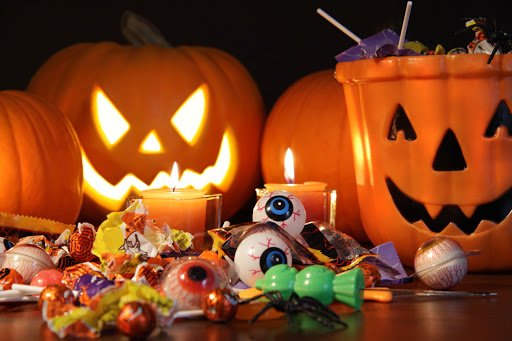
THE AMOUNT
It doesn’t take a rocket scientist to know that eating too much sugar is bad for you. Not only is it bad for your teeth, it is also definitely not very good for your general health too.
So, the amount of sugar means ‘how much’ you take. For example, 10 lollies has more sugar than 1 lolly. Easy.
When talking about the amount, be aware that the CONCENTRATION of sugar is involved as well. A slice of sweet thick caramel cake is obviously sweeter (and has a higher risk of causing dental problems) than a plain piece of bread of the same size…
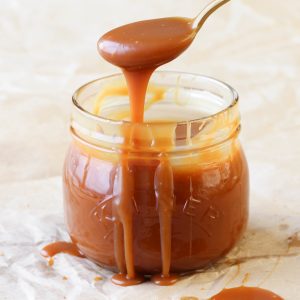
Examples of foods with high sugar content and concentration: fizzy drinks, toffees, lollies, and much more (you know what these are…). Also, remember that fizzy drinks are double trouble because they are both very sweet, and also acidic (the fizzy/gassy bit is made of carbonic acid – that’s why it is called a carbonated drink).
Interestingly though, the tooth is prone to decay/holes, only if the surface of the tooth gets in contact with the food. This means, that if you have a way of swallowing that piece of cake without chewing it or touching your teeth, you’re safe! This brings us to the next issue:
THE LENGTH OF TIME OF CONTACT
This is actually a bigger issue, and more important to understand and follow, than the amount of sugar.
The more time the sweet/acidic food is in contact with your teeth, the higher the chance of decay. To explain this better, compare the 2 scenarios below, each with 10 jelly beans.
Scenario 1
Eat all of the 10 jelly beans in one go, swallowing them whole, within one minute, without sucking or chewing them –> almost no exposure to the teeth.
Scenario 2
Eat one jelly bean at a time slowly, keeping each jelly bean in the mouth (sucking and chewing on it) for ten minutes before eating the next one. 10 jelly beans x 10 minutes each means your teeth are exposed to it for 100 minutes.
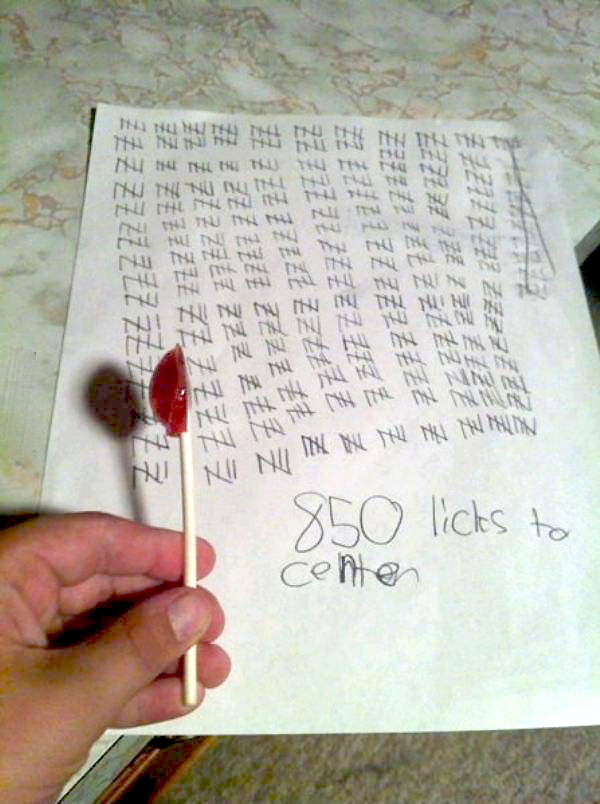
The point of the two scenarios is to show that the length of time the sugar is in the mouth is very significant, perhaps more important than the ‘amount’ eaten**. In both scenarios, 10 jelly beans are eaten, but because the teeth were exposed more in Scenario 2, those teeth have a higher chance of decay!
Knowing this, the principles are to:
- Reduce the amount of sweet/acidic foods when possible
- Reduce the frequency of eating sweet/acidic foods though out the day
- Reduce the time the sweet/acidic foods is in contact with the teeth/in the mouth
But how does this relate to real life? Obviously, no one can completely stop eating carbohydrates/sugars. It is a major food group, and is in most of our foods. However, here are some tips to help keep your teeth safe when the urge for sweet stuff comes along:
TOP TIPS
 When drinking anything sweet/sour (e.g. fizzy drinks, and juices), use a straw. Definitely don’t slush it around the mouth. Swallow it straight away. Also, try not to sip at it slowly throughout the day. Drink more water!
When drinking anything sweet/sour (e.g. fizzy drinks, and juices), use a straw. Definitely don’t slush it around the mouth. Swallow it straight away. Also, try not to sip at it slowly throughout the day. Drink more water!- Brush your teeth twice a day. The less foodstuff/plaque stuck on the teeth, the better.
- At night, after brushing your teeth, avoid eating anything after that! The extra foodstuff may stay stuck to your teeth the whole night!
- Floss! Areas in between the teeth where foodstuff can get stuck, are difficult to remove with just toothbrushing alone.
- Reduce the snacking. The less number of times a day food is in the mouth, the better.
- Keep sweet foods closer to meal times. Having something sweet (e.g. dessert) directly after dinner is better than eating it as a midnight snack.
- Avoid sticky stuff like toffees, chocolates and chewing gum, as they can stick and stay longer on the teeth.
- Boiled sweets, like lollipops, are very bad, because it can only be finished after 20-30 minutes of sucking at it, and is in the mouth the whole time!
- Be very careful of younger kids with sweet stuff, like biscuits and juices. They eat foods slower, and can take more time to clear from the mouth. Always rinse their mouth with water after these foods.
- DO NOT let young kids sleep with the bottle (especially if it is powdered milk/juice). This will mean the teeth will be exposed to it the whole night!
- Get sugar-free alternatives!
* The brightness of an image photo depends on the amount of light that gets on the sensor. This is controlled by the shutter speed and aperture of the camera/lens. Another consideration is the sensitivity of the sensor/film itself, which is measured in ISO numbers. This blog talks about the amount of sugary foods, and the time that the sugar is exposed on the teeth.
In terms of ISO, the tooth itself also has different areas and structures that are prone to caries/decay/holes, which will be discussed in future posts…
** The amount of sugar in the body plays a very significant role in the health of the structures that hold the teeth in (e.g. the gums, alveolar bone, and periodontal ligaments). This is why in uncontrolled diabetes, where blood sugar levels are very high, gum disease is a very common problem, and often leads to the loss of teeth! …So reduce the your sugar intake!


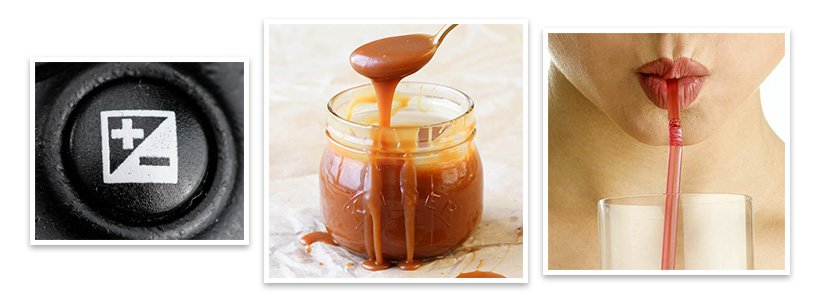
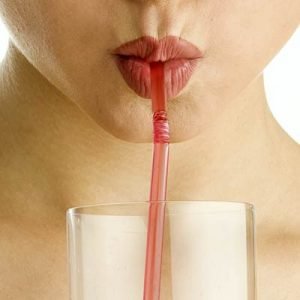 When drinking anything sweet/sour (e.g. fizzy drinks, and juices), use a straw. Definitely don’t slush it around the mouth. Swallow it straight away. Also, try not to sip at it slowly throughout the day. Drink more water!
When drinking anything sweet/sour (e.g. fizzy drinks, and juices), use a straw. Definitely don’t slush it around the mouth. Swallow it straight away. Also, try not to sip at it slowly throughout the day. Drink more water!


